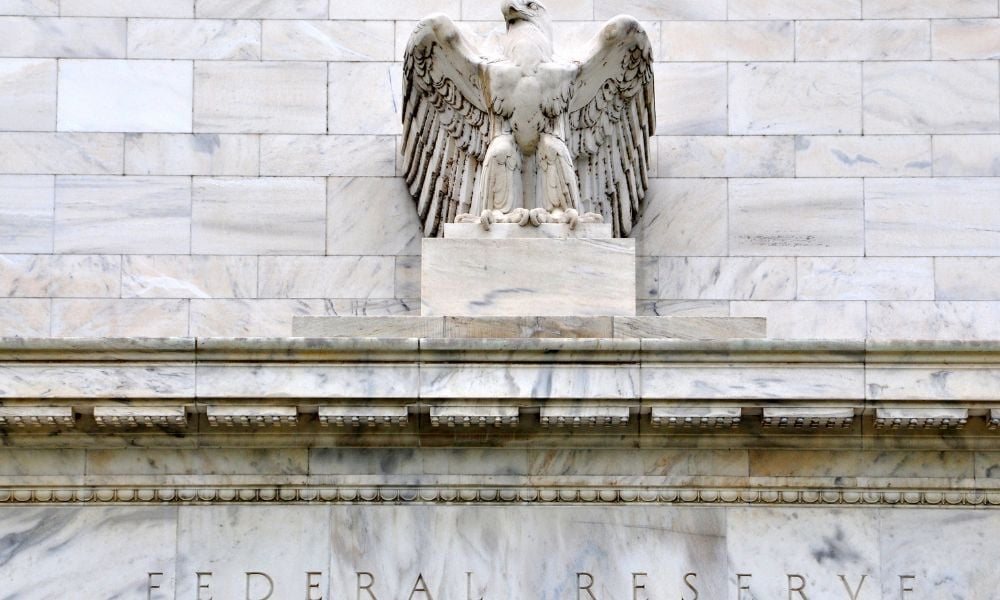Why preferred shares' income-earning potential in a rate-rising environment makes ETF an attractive complement to your fixed-income exposure

This article was produced in partnership with TD Asset Management.
Preferred shares have enjoyed an extended spell in the sunshine over the past 12 months, with eye-catching returns. But their income-earning potential in a rate-rising environment means they could now be coming into their own as one potential supplement to your fixed-income exposure.
That’s the view of James Hunter, VP at TD Asset Management Inc. (TDAM) and Co-Manager of the TD Active Preferred Shares ETF (TPRF), who believes the bank’s expertise and research capabilities has the TPRF ETF well placed to take advantage. TDAM launched TPRF three years ago and, as of October 31, it had more than $223 million of assets under management, having doubled year to date.
Preferred shares are hybrid securities that typically have a par value of $25 in the Canadian market. They’re similar to common shares in that they pay dividends, but they don’t participate in the growth of the company. They’re also similar to bonds in that they offer a good yield and are sensitive to rates, but they don't have a set maturity date.
The key advantage is income. With bond yields currently in the 1% to 3% range, preferreds are one of the few asset classes that can boast a 4% tag. The other important benefit is that the income qualifies for the dividend tax credit. Hunter added: “On an after-tax basis, the yield plays a powerful role. We find a 5% to 10% allocation in a portfolio can really help generate income. It’s an attractive complement to the fixed-income side of our portfolios.”
Its suitability for a rising-rate environment lies in the fact that about 80% of the preferred share market is comprised of fixed rate resets, which has a dividend set for five years but, after that, resets based on the spread over the five-year government bond yield. Therefore, if yields are rising, the dollar amount can reset higher. Not only does that mean you have better income, but the share price can go up.
Trevor Cummings, VP of ETF distribution in Central Canada, explained that rate resets, a relatively new phenomenon, have taken over the asset class but that many advisors got burned in the past from taking positions in portfolio models that were too large. He said: “Rates can do three things, they can go up, they can go sideways, and they can go down, and this asset class is built for the former two. If rates don't go anywhere, there's a really nice pickup in yield, which is very tax efficient. If rates go higher, precisely when that puts your bonds under pressure, rate resets start to shine. There’s a nice complement here.”
From the pre-pandemic highs in early 2020, the total return of the asset class is around 20%, inviting the question: how much runway is left? Hunter believes there is a case to be made that the good times may keep rolling for a while yet. Firstly, he expects the economic recovery and strong corporate profitability to continue, which is a positive for preferred shares. Secondly, the inflation environment is putting pressure on interest rates, with the Bank of Canada indicating that rate hikes will come sooner rather than later in 2022. Thirdly, redemptions from banks and insurers are taking supply out of the market and investors are receiving cash. To stay in the market, therefore, they have to buy the remaining preferred shares, meaning smaller supply and strong demand.
According to Hunter, “Those three factors are going to extend into next year, so we think you're going to get that 4% yield, tax-advantaged, and there might be a few more percentage points of capital appreciation. That would give you a mid to high single-digit total return and compared to your fixed income, that's going to do well. Preferred shares can be an attractive holding for a balanced portfolio.”
Advisors should be wary of potential pitfalls, despite the benefits. As well as a drop in interest rates, credit risk is an important consideration. When buying a preferred share, you're in effect lending the money in exchange for a more secure dividend payment. If economic growth is weaker or corporate profits are down, that raises concerns about getting that dividend payment. Hunter added: “We have many analysts who cover the companies and know them well. We take the time to understand the credit risks of the issuers.”
Another potential risk would be buying preferred shares at a higher price blindly, only for them to be redeemed lower, incurring a capital loss. All these banana peels serve to highlight the importance of the TPRF's active management, which means managers can be more discerning about what they buy. This plays into TPRF’s strategy of “buy right and sit tight”; a lot of trading across the bid-ask spread is expensive, and the preferreds market is not the most liquid. To counter the latter, the ETF has a smaller number of holdings tailored to get better value versus the broader preferred share market.
Hunter says: “The positioning of TPRF is what helps set us apart from the rest of the group. We own a far greater percentage of securities that have either a higher yield, or more capital gains potential, and not necessarily with more risk. 13% of the ETF is in the bank preferreds versus over 30% in the index – and the reason for that gap is that so many of the banks are trading at par, and you're likely to receive the cash next year or the year after. We've gotten ahead of that, and now we own securities that are in a higher demand, so we're in a good position.”
For investors that need income, preferred shares remain attractive, particularly with the emphasis on after-tax income. With bond yields rising, it’s fertile ground for the asset class. Hunter added: “Our ETF has done well for our clients because we have an experienced team with a consistent philosophy and process. And our positioning is really strong, because we've got a whole bunch of securities that everybody else would like to have.”
James Hunter is VP at TD Asset Management Inc. (TDAM) and Co-Manager of the TD Active Preferred Shares ETF (TPRF).
Trevor Cummings is VP of ETF distribution in Central Canada at TD Asset Management.



